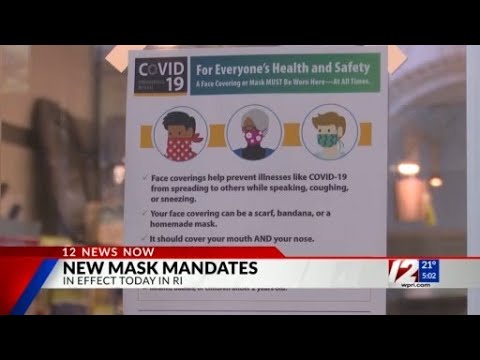Introduction: Rhode Island’s Government
Rhode Island, one of the thirteen original colonies, had a unique and fascinating government structure throughout its early history. From its founding in 1636 by Roger Williams, a dissenter from the Massachusetts Bay Colony, to its establishment as a state in 1790, Rhode Island underwent significant changes in its political system. This article will explore the evolution of Rhode Island’s government, from its early political system to the present.
Rhode Island’s Early Political System
In its early years, Rhode Island operated under a simple democratic system. The colony was initially governed by town meetings, where all freemen could gather to discuss and make decisions on local matters. Each town had its own assembly, allowing for a decentralized form of government. This early political system fostered a sense of local autonomy and participatory democracy among Rhode Islanders.
The Charter of Rhode Island
In 1663, Rhode Island received a royal charter from King Charles II, granting the colony considerable political independence. The charter acknowledged the colony’s existing self-governing structure, allowing Rhode Island to continue its tradition of town meetings and granting it the power to elect its own governor and legislative representatives. This charter laid the foundation for Rhode Island’s future government.
The Colony’s First Self-Government
With the royal charter in place, Rhode Island established its first self-governing body, known as the General Assembly. The General Assembly consisted of a lower house, or the House of Deputies, and an upper house, or the Governor’s Council. The governor, elected by freemen, served as the head of the executive branch, while the General Assembly held legislative power. This early system of government reflected the democratic principles Rhode Island was known for.
The Shift to a Proprietary Government
In 1686, Rhode Island’s government underwent a significant change when the British Crown revoked its charter and established a proprietary government under Sir Edmund Andros. This shift marked a period of increased control by the Crown, as the proprietary government limited local autonomy and imposed stricter regulations on the colony. However, this government structure was short-lived, as it was dissolved following the Glorious Revolution in 1689.
Rhode Island’s Royal Charter
Following the overthrow of the proprietary government, Rhode Island regained its royal charter in 1691. The new charter reaffirmed the colony’s right to self-governance and reinstated the General Assembly as the legislative body. Under this charter, the governor was appointed by the Crown, but the General Assembly maintained its power to make laws and manage local affairs. Rhode Island’s government began to stabilize and regain its previous democratic structure.
The Colonial Legislature and Executive Council
During the colonial period, Rhode Island’s government consisted of a bicameral legislature and an executive council. The General Assembly, comprising the lower house and the Governor’s Council, held the power to pass laws, levy taxes, and manage the colony’s finances. The executive council, appointed by the governor, advised the governor on matters of governance and acted as a checks-and-balances mechanism within the government.
The Struggle for Independence
As tensions grew between the American colonies and Great Britain, Rhode Island played a significant role in the fight for independence. The colony was a hotbed of revolutionary activity, with its residents actively participating in protests and acts of rebellion. Rhode Island’s government, under the leadership of Governor Nicholas Cooke, declared independence from Britain on May 4, 1776, two months before the Continental Congress issued the Declaration of Independence.
The Constitution of Rhode Island
After the American Revolutionary War, Rhode Island drafted its own constitution in 1843, which established a more modern and centralized government structure. The constitution created a separation of powers, dividing the government into three branches: executive, legislative, and judicial. It also expanded suffrage, allowing more citizens to participate in the political process. This constitution served as the foundation for the state’s government for many years.
The State Government Structure
Today, Rhode Island operates under a state government structure that closely resembles that of the United States government. It has a governor, elected by the citizens, who serves as the chief executive. The state legislature, known as the General Assembly, consists of a Senate and a House of Representatives, responsible for making laws. The judiciary, headed by the state Supreme Court, interprets and applies the law.
The Governor and Executive Branch
The governor of Rhode Island holds significant executive power, overseeing the state government’s operations and making policy decisions. The governor appoints various department heads and has the authority to veto legislation passed by the General Assembly. The executive branch also includes other elected officials, such as the lieutenant governor, attorney general, and secretary of state, who assist the governor in carrying out their duties.
Conclusion: Rhode Island’s Evolving Government
From its early days as a colony governed by town meetings to its establishment as a state with a modern government structure, Rhode Island’s government has continuously evolved. The colony’s democratic values and commitment to self-governance have remained central throughout its history. Today, Rhode Island’s government reflects the principles of democracy, separation of powers, and checks and balances, allowing for the effective administration of the state.





